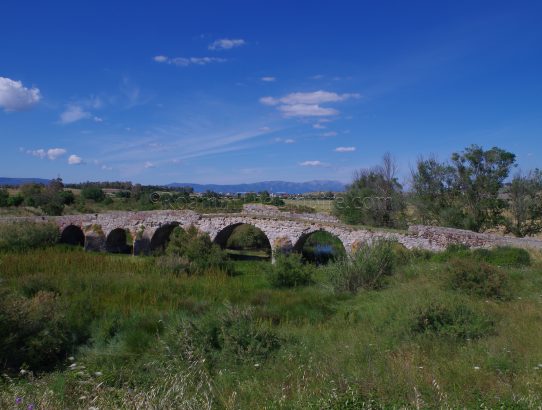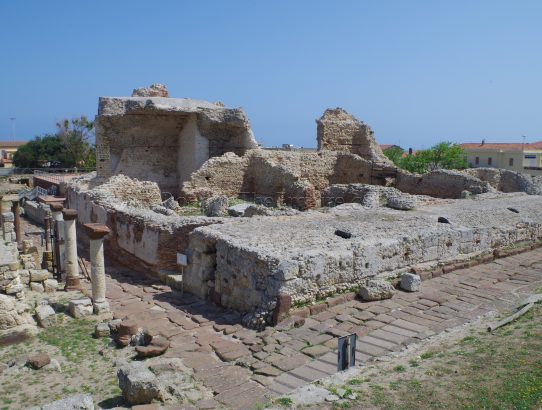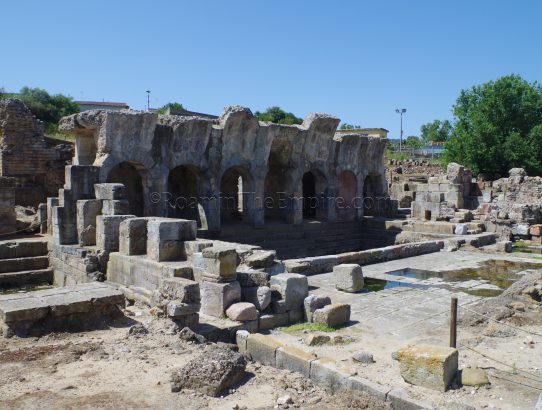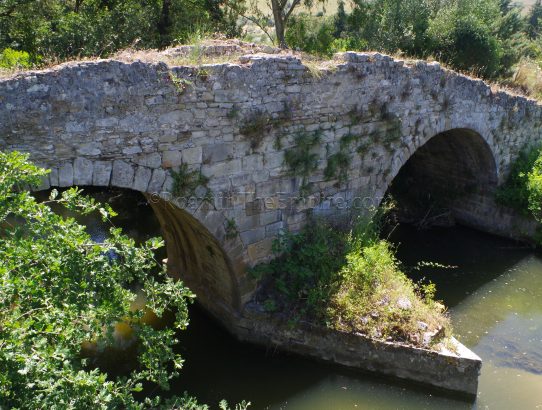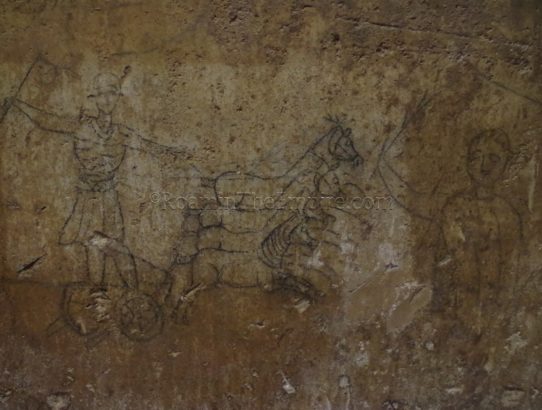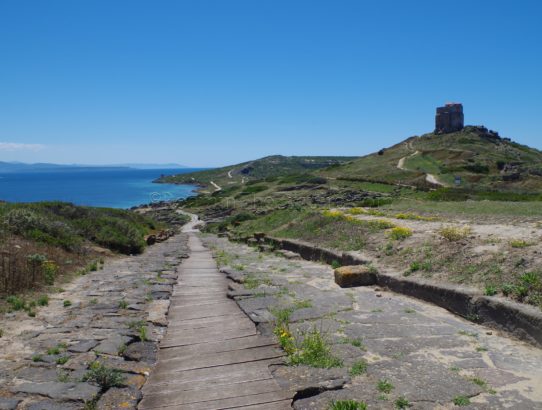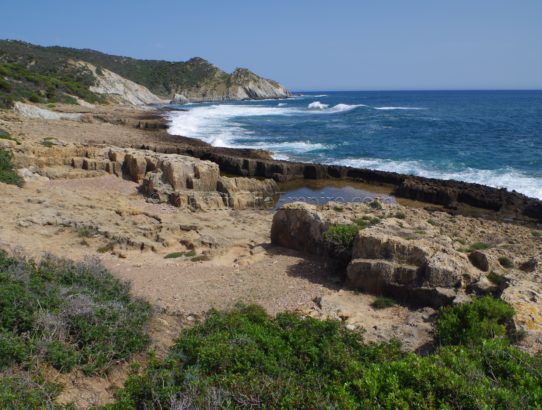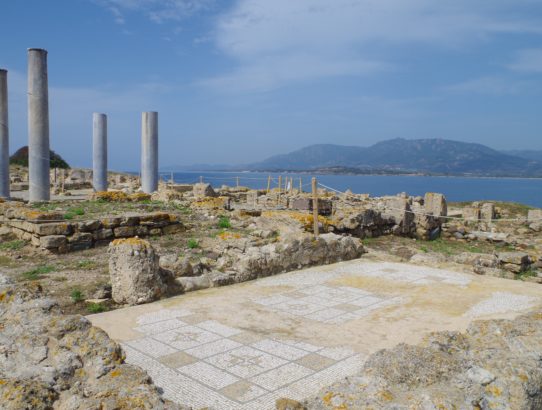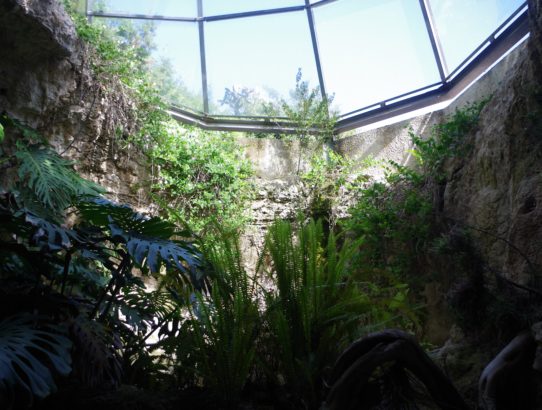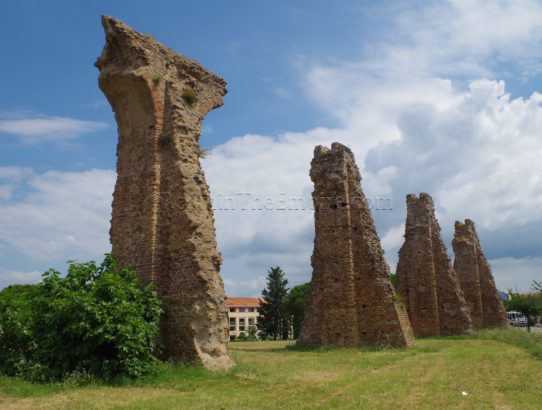North Sardinia (South)
I intended for the miscellaneous sites in the Sassari region to be a single post, but, it ended up running a bit long and made more sense to divide it up into two separate routes. This first of two Sassari routes essentially covers sites in the southern part of the region. A personal vehicle is…
Read More


